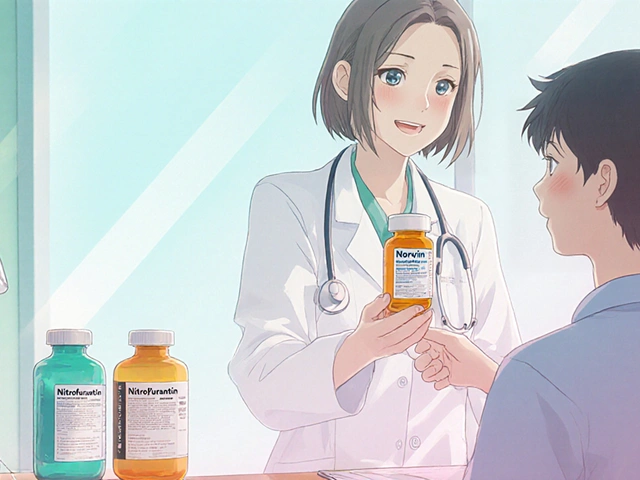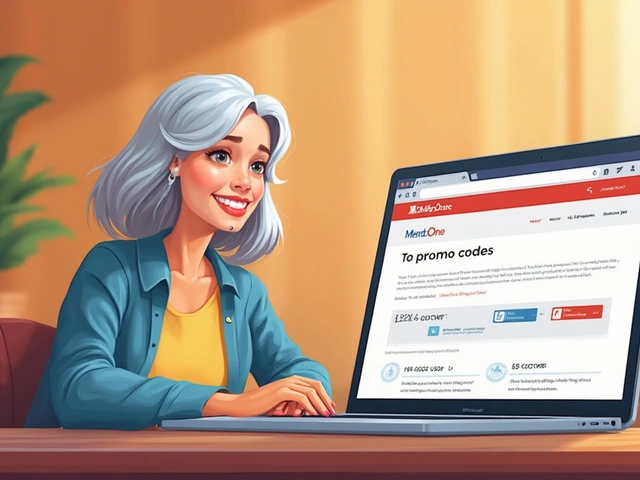Artichoke Supplements: The Superfood Secret Your Health Routine Needs
Apr 26 2025
When it comes to tuberculosis treatment, a multi-drug regimen designed to kill Mycobacterium tuberculosis bacteria over several months. Also known as anti-TB therapy, it’s not a quick fix—it’s a months-long battle that demands consistency to prevent drug resistance and relapse. Unlike a simple antibiotic for a sore throat, TB treatment involves at least four drugs at first, often including rifampin, a powerful antibiotic that stops bacteria from making RNA, a key step in their survival, and isoniazid, a drug that disrupts the bacterial cell wall. These aren’t optional—they’re the backbone of every standard TB treatment plan. Skip a dose, and you’re not just risking your own recovery—you’re helping the bacteria become stronger and harder to treat.
One of the biggest mistakes people make is assuming TB treatment ends when symptoms disappear. That’s when the real work begins. The bacteria hiding deep in your lungs can survive for weeks, even months, without causing coughs or fever. That’s why treatment lasts six months or longer. And here’s the catch: rifampin, a cornerstone of TB therapy, interacts with a lot of other stuff—birth control pills, antidepressants, even some painkillers. It can make them less effective or cause dangerous side effects. You can’t just take your other meds like normal. Your care team needs to know everything you’re using, from herbal supplements to over-the-counter cold remedies. That’s why drug interactions, a major risk in TB treatment, are one of the most talked-about topics among patients and doctors alike.
Side effects are common, but they’re not always a reason to quit. Liver stress, nausea, orange-colored urine from rifampin, or tingling in your hands from isoniazid—they’re signs your body is reacting, not failing. But if you start seeing yellow skin, dark urine, or severe dizziness, you need to call your doctor immediately. Many people drop out of treatment because they don’t know what’s normal and what’s dangerous. That’s why having a clear plan, tracking your meds, and knowing when to speak up saves lives. You’re not alone in this. Thousands of people stick with it, and so can you. Below, you’ll find real-world guides on how to manage these drugs, spot hidden risks, and stay on track without burning out.
Rifampin is essential for treating tuberculosis but causes dangerous drug interactions by boosting liver enzymes. Learn how it affects birth control, blood thinners, HIV meds, and more-and what new research says about shortening treatment.

Apr 26 2025

Oct 22 2025

Jun 26 2025

Nov 27 2025

Mar 20 2025